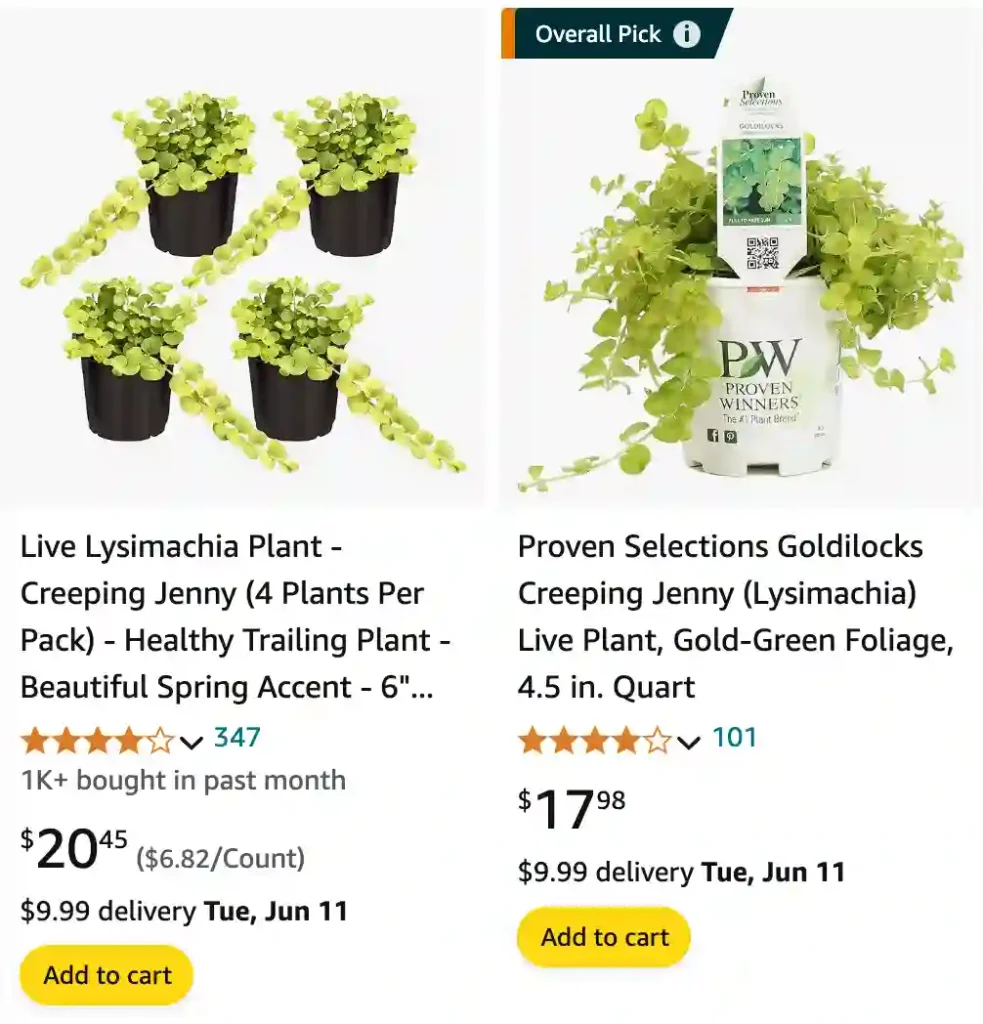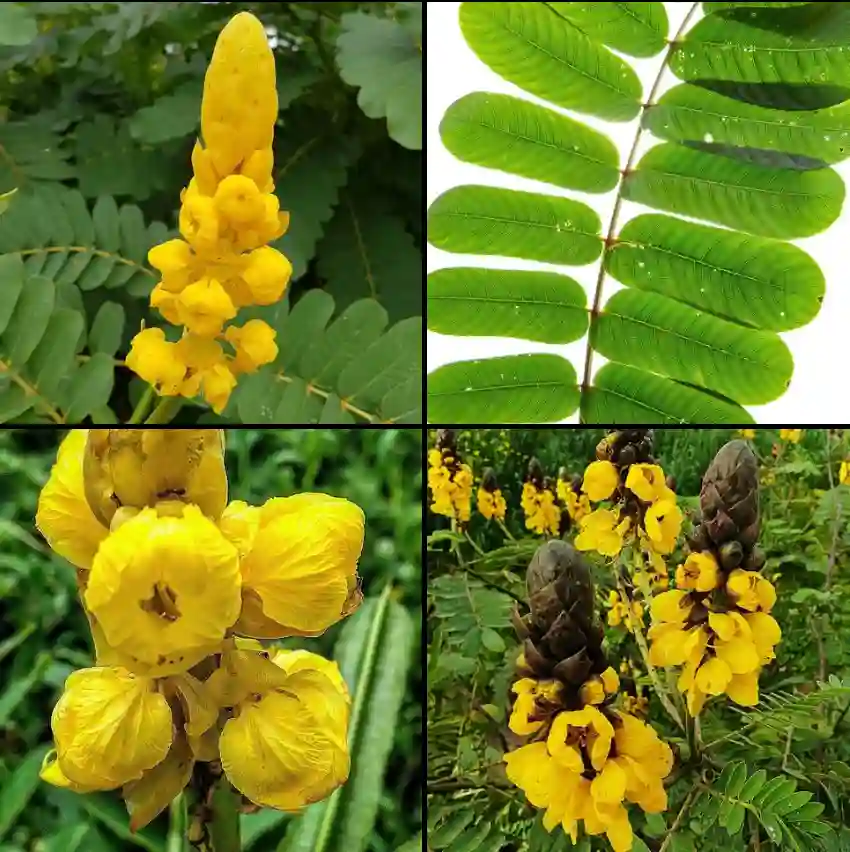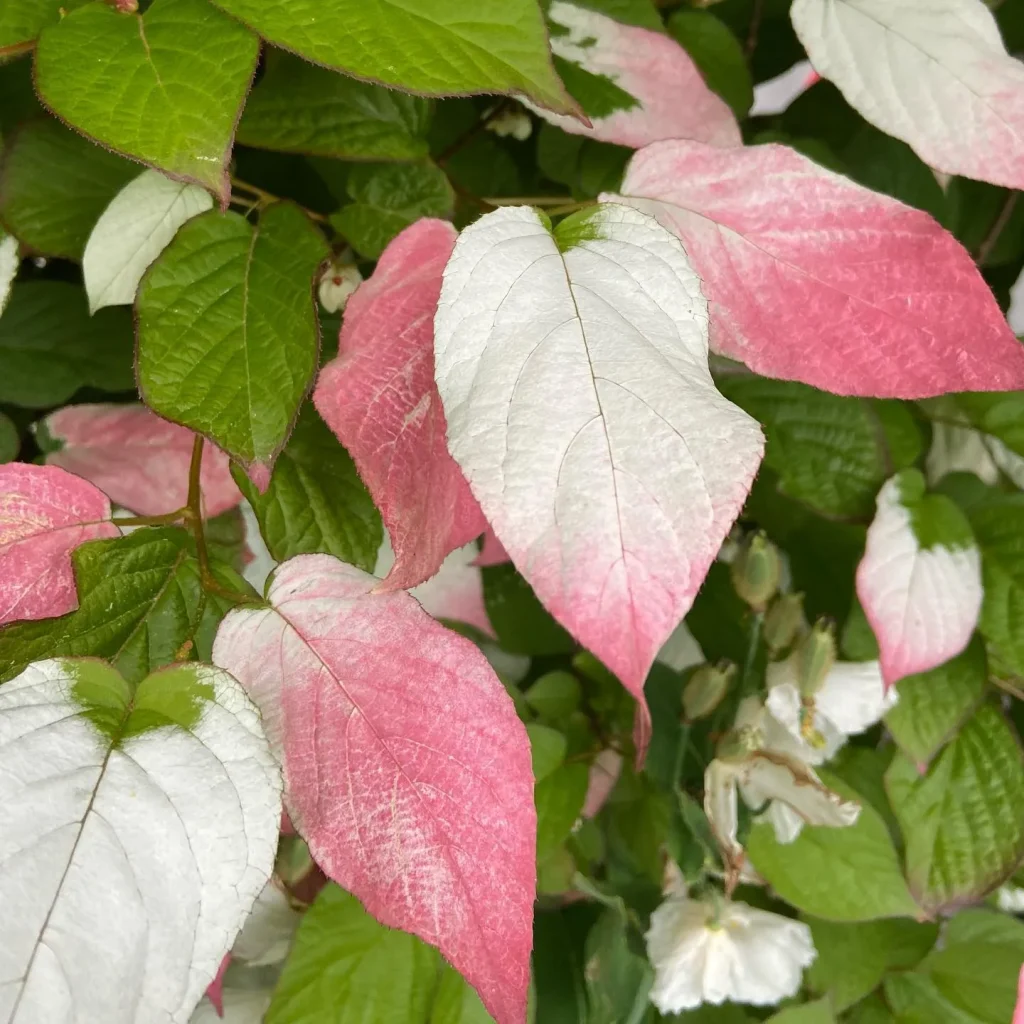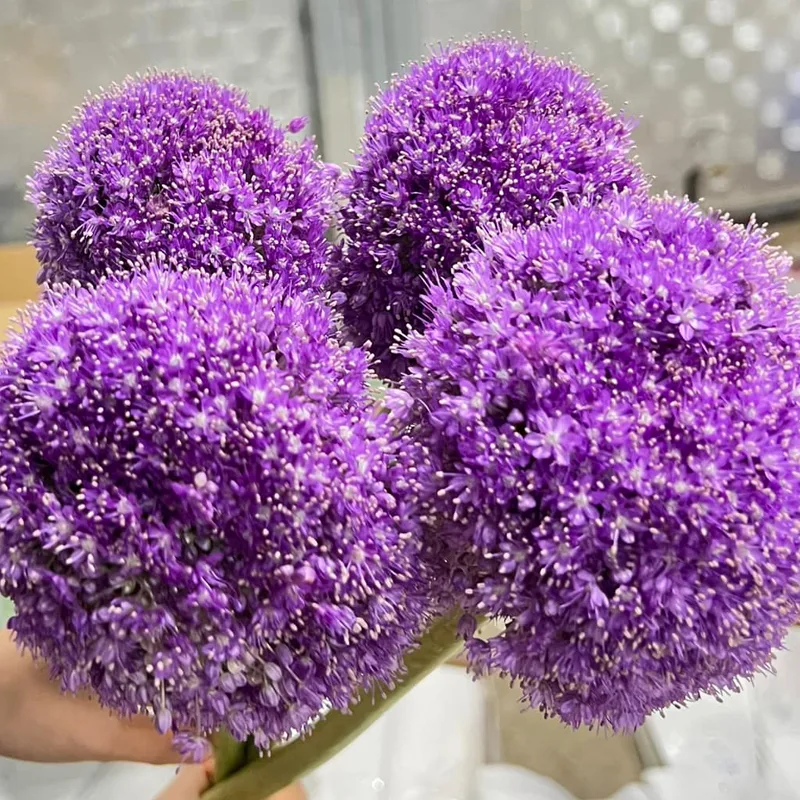
Exploring Creeping Jenny: A Garden Enthusiast’s Perspective
As an avid gardener, I’ve had the pleasure of working with a wide variety of plants. One that has piqued my interest over the years is Creeping Jenny (Lysimachia nummularia). This low-growing perennial, known for its vibrant green or golden leaves, is both loved and loathed by gardeners. Let’s dive into some common questions and concerns about this intriguing plant.
Will Creeping Jenny Kill Other Plants?
Creeping Jenny can be quite aggressive in its growth habit. Its ability to spread quickly and form dense mats means it can outcompete and potentially smother nearby plants. This characteristic makes it essential to monitor and manage Creeping Jenny if you want to maintain a balanced garden ecosystem.
Is Creeping Jenny Invasive?
Yes, Creeping Jenny is considered invasive in many regions. Its rapid growth and spreading nature allow it to take over garden spaces and natural areas if not kept in check. It’s crucial to research whether this plant is appropriate for your area before planting it.
Is Creeping Jenny Toxic to Dogs?
No, Creeping Jenny is not toxic to dogs. However, it’s always best to monitor your pets around any plants, as individual sensitivities can vary, and it’s good practice to discourage pets from chewing on garden plants in general.
Do Deer Eat Creeping Jenny?
Creeping Jenny is generally deer-resistant. Deer tend to avoid it, which makes it a good option for gardens in areas with high deer populations. However, in times of scarcity, deer might still nibble on it, but it’s not their first choice.
How to Get Rid of Creeping Jenny?
Eradicating Creeping Jenny can be challenging due to its tenacity. Manual removal, including pulling up all the roots, is effective but labor-intensive. Herbicides can be used, but they should be a last resort due to environmental concerns. Consistent monitoring and removal are key to controlling its spread.
Can Creeping Jenny Grow Indoors?
Yes, Creeping Jenny can be grown indoors. It thrives in containers and can add a lush, trailing effect to indoor spaces. Ensure it receives bright, indirect light and keep the soil consistently moist for best results.
How Fast Does Creeping Jenny Grow?
Creeping Jenny grows quite rapidly, especially in ideal conditions with plenty of moisture and partial shade. It can spread several feet in a single growing season, making it a great ground cover but also a potential garden bully.
Is Creeping Jenny Toxic to Cats?
No, Creeping Jenny is not toxic to cats. Similar to dogs, it is generally safe, but it’s still wise to keep an eye on your feline friends and discourage them from ingesting garden plants.
Why Is My Potted Creeping Jenny Turning Brown?
Brown leaves on Creeping Jenny often indicate insufficient water or too much direct sunlight. This plant prefers consistently moist soil and partial shade. Ensure your watering routine is adequate and consider moving the plant to a less sunny spot.
Can Creeping Jenny Grow in Water?
Yes, Creeping Jenny can grow in water. It is often used in water gardens and around ponds. The plant’s roots can be submerged in water, and it will thrive, creating a beautiful, natural look in aquatic settings.
Can You Propagate Creeping Jenny?
Absolutely, Creeping Jenny is very easy to propagate. You can propagate it by division or by taking stem cuttings. Simply place cuttings in water or moist soil, and they will quickly develop roots.
Is Creeping Jenny Edible?
While Creeping Jenny is not considered toxic, it is not commonly consumed and lacks any culinary value. It’s best enjoyed for its aesthetic appeal rather than as a food source.
Is Creeping Jenny Drought Tolerant?
Creeping Jenny is not particularly drought tolerant. It prefers moist conditions and will suffer in prolonged dry periods. Regular watering is essential to keep this plant healthy and vibrant.
How to Care for Creeping Jenny?
Caring for Creeping Jenny involves providing it with the right conditions: partial shade, consistently moist soil, and regular trimming to control its spread. Fertilize lightly if needed, and ensure it doesn’t overtake other plants.
What to Plant with Creeping Jenny?
Creeping Jenny pairs well with plants that can tolerate or thrive in similar moist, partial shade conditions. Consider pairing it with hostas, ferns, or astilbes for a complementary garden look.
Conclusion
Creeping Jenny is a versatile and attractive plant that can add a lush, green touch to various garden settings. However, its aggressive nature requires careful management to prevent it from overwhelming other plants. With the right care and consideration, Creeping Jenny can be a beautiful addition to your gardening repertoire.
If i die, water my plants!



